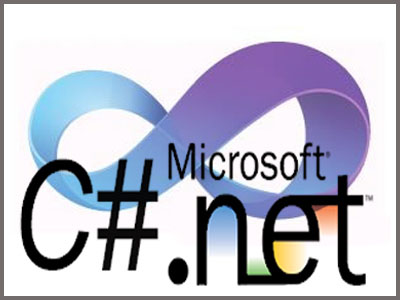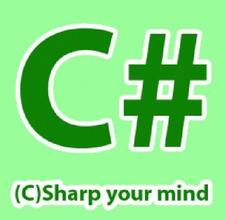Home > Article > Backend Development > How to use paras? Summary of paras instance usage
The four keywords provided by
C#.net, in, out, ref, and paras are often used in development, so how to use them? What is the difference? 1 inin is only used in delegates and interfaces; Example: //test model Class Model public int a { get;&
1. .NET Framework- in, out, ref, paras code summary

Introduction: The four keywords provided by C#.net, in, out, ref, and paras, are often used in development. So how to use these three? What's the difference?
2. C# Detailed introduction to the use of in, out, ref, paras

Introduction: The four keywords provided by C#.net, in, out, ref, paras, are often used in development, so how to use them? What is the difference?
3. C# Difficulties are overcome one by one (3): params array parameters

Introduction: Note that the full name of paras here is array parameter, which is an array parameter. The paras type parameter is mainly used for function declaration when the length of the array is unknown (variable).
4. JSP Tutorial (6)-How to jump to another page in JSP_MySQL
Introduction: Use jsp forward Action in JSP to implement the page jump function. Syntax: jsp:forward page={relativeURL|%= expression %}/ or jsp:forward page={relativeURL|%= expression %} jsp:param name=parameterName value={parameterValue|%= expression %}/+/jsp :forward this action
[Related Q&A recommendations]:
Does anyone know about domestic source code static scanning software, mainly Java? C++?
The above is the detailed content of How to use paras? Summary of paras instance usage. For more information, please follow other related articles on the PHP Chinese website!